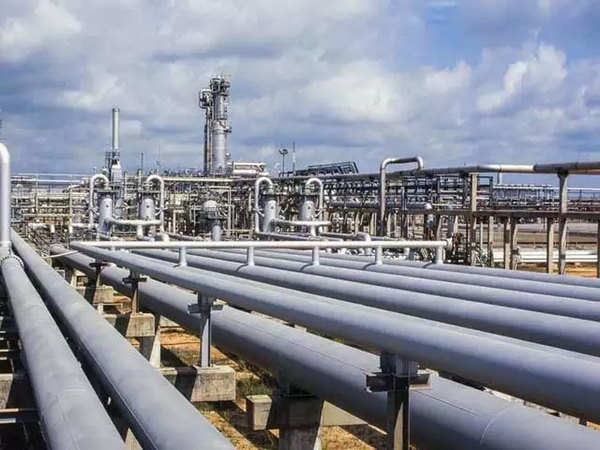New Delhi
In a strong push to enhance the share of clean energy in India’s energy basket, the Government is looking to raise the share of natural gas in the energy mix to 15 per cent in 2030, achieve 5 per cent blending of bio-diesel in diesel or direct sale of bio-diesel by 2030, and have commissioned till June 2023 a total of 71 commercial-scale biogas/CBG plants under the Sustainable Alternative to Affordable Transportation (SATAT) plan or registered on the GOBARdhan portal to contribute to the overall target of 15 MMTPA of CBG production.
The Government has upped the ante to raise the stakes by creating a National Gas Grid (One Nation, One Gas Grid) as well as increasing the availability of natural gas across the country. The Petroleum and Natural Gas Regulatory Board (PNGRB) has authorised an approximately 33,592 km natural gas pipeline network across the country. Out of this, 23,173 km of natural gas pipelines, including spur lines, tie-in connectivity, sub-transmission pipelines, and dedicated pipelines, are operational, and a total of 12,206 km of pipelines are under various stages of construction, according to a response by Minister of State in the Ministry of Petroleum and Natural Gas Rameswar Teli.
While the current share of natural gas in the basket is 6.7 percent, India’s natural gas consumption has grown by 4 to 5 percent CAGR over the past 20 years, points out Gurpreet Chugh, Managing Director at ICF, owing to the evolution of the gas mix with the substantial introduction of Liquefied Natural Gas, the expansion of the City Gas Distribution (CGD) network, and the emergence of technologies like Compressed biogas (CBG). While the current mix of domestic and imported gas stands at 50-50, the Government has indicated that the ratio could soon tilt in favour of imported gas due to increasing market demands. A similar transition as seen in the oil sector, driven by reforms in the 1990s, is on the horizon for the gas sector, leading to the dismantling of the APM. The increasing demand for gas and its relative cheapness compared to imported oil could well set the pace for an imported gas-based regime in India. The potential is underlined by the 45 million tonnes of free gas capacity in LNG terminals with only 25 MT coming through, allowing a significant opportunity for the LNG business to integrate with the natural gas industry
While industry lauds the government’s efforts in promoting domestic exploration and production through the introduction of revenue-sharing mechanisms, Prashant Modi, MD & CEO, Great Eastern Energy Corporation, and Chairman of the FICCI Committee on Oil & Gas, is of the view that for transforming India into a gas-based economy, there is a need for implementing a direct benefit transfer system for gas subsidies, similar to the LPG subsidy. “The establishment of a standard operating procedure for every layer of the gas infrastructure ecosystem to ensure compliance with laws gives the government the liberty to monitor at any given time,” suggests Modi.
Chugh outlines several emerging opportunities for the gas sector, including the use of LNG in heavy-duty vehicles, an area where electric vehicles currently lack a viable solution, as well as the growth of compressed biogas (CBG), which also aids in reducing air pollution, and opportunities in biomass gasification. Under the Sustainable Alternative Towards Affordable Transportation (SATAT) programme, for establishing an ecosystem for the production of CBG and for promoting its use along with natural gas, oil and gas marketing companies are inviting expressions of interest to procure CBG from potential entrepreneurs.

